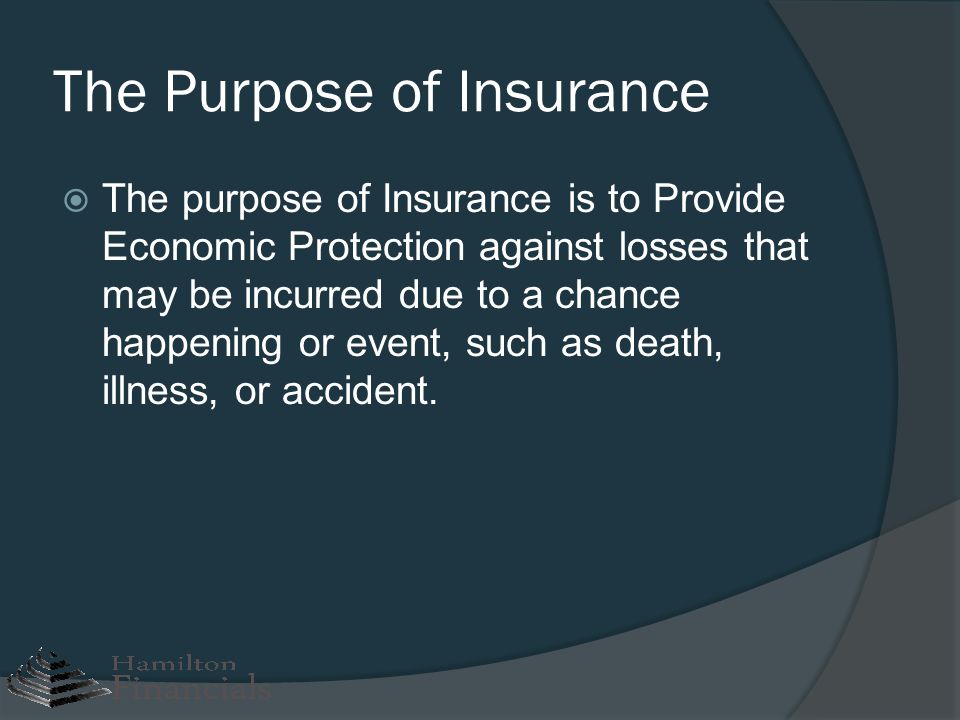The Basic Principles Of Pacific Prime
The Basic Principles Of Pacific Prime
Blog Article
The 20-Second Trick For Pacific Prime
Table of ContentsPacific Prime for BeginnersPacific Prime Can Be Fun For EveryoneThe Definitive Guide for Pacific PrimePacific Prime Things To Know Before You BuyA Biased View of Pacific Prime

This is since the information were gathered for a duration of strong economic performance. Of the approximated 42 million people that were uninsured, almost concerning 420,000 (regarding 1 percent) were under 65 years of age, the age at which most Americans come to be eligible for Medicare; 32 million were adults in between ages 18 and 65, around 19 percent of all adults in this age; and 10 million were children under 18 years of age, about 13.9 percent of all kids (Mills, 2000).
These price quotes of the number of persons uninsured are created from the yearly March Supplement to the Existing Populace Survey (CPS), performed by the Census Bureau. Unless otherwise noted, national quotes of people without medical insurance and percentages of the population with different kinds of insurance coverage are based upon the CPS, one of the most extensively made use of resource of estimates of insurance protection and uninsurance prices.
The Basic Principles Of Pacific Prime

Still, the CPS is particularly valuable due to the fact that it generates yearly price quotes relatively quickly, reporting the previous year's insurance policy coverage approximates each September, and since it is the basis for a constant set of quotes for greater than twenty years, permitting evaluation of trends in insurance coverage over time. For these factors, as well as the comprehensive use of the CPS in various other researches of insurance coverage that are provided in this report, we depend on CPS estimates, with restrictions kept in mind.

The quote of the variety of without insurance individuals increases when a populace's insurance policy status is tracked for numerous years. Over a three-year period starting early in 1993, 72 million individuals, 29 percent of the united state population, were without protection for at the very least one month. Within a solitary year (1994 ), 53 million people experienced at the very least a month without protection (Bennefield, 1998a)
Six out of every ten uninsured adults are themselves used. Although working does improve the chance that one and one's relative will certainly have insurance, it is not a guarantee. Also members of households with 2 permanent wage income earners have nearly a one-in-ten opportunity of being without insurance (9.1 percent uninsured price) (Hoffman and Pohl, 2000).
The 7-Minute Rule for Pacific Prime
New you could try these out immigrants represent a substantial proportion of people without medical insurance. One evaluation has actually connected a significant portion of the recent development in the dimension of the united state uninsured population to immigrants that got here in the nation between 1994 and 1998 (Camarota and Edwards, 2000). Recent immigrants (those that came to the United States within the previous four years) do have a high rate of being without insurance (46 percent), yet they and their kids account for just 6 percent of those without insurance coverage across the country (Holahan et al., 2001).
The relationship in between medical insurance and access to care is well developed, as recorded later on in this phase. Although the relationship between medical insurance and health outcomes is neither direct nor easy, a comprehensive professional and wellness solutions study literary works web links medical insurance protection to better accessibility to care, better high quality, and enhanced individual and populace health and wellness condition.
Degrees of analysis for analyzing the effects of uninsurance. This discussion of medical insurance coverage focuses largely on the united state population under age 65 because practically all Americans 65 and older have Medicare or other public insurance coverage. In addition, it focuses specifically on those with no medical insurance for any size of time.
Unknown Facts About Pacific Prime
The troubles faced by the underinsured are in some respects similar to those faced by the uninsured, although they are normally much less extreme. maternity insurance for expats. Uninsurance and underinsurance, however, include noticeably various plan problems, and the approaches for addressing them might vary. Throughout this research and the 5 records to adhere to, the major emphasis gets on persons with no medical insurance and therefore no help in paying for healthcare past what is readily available via charity and safety and security web institutions
Medical insurance is an effective element impacting invoice of care due to the fact that both people and doctors react to the out-of-pocket rate of solutions - https://disqus.com/by/disqus_tLNq8V4sBK/about/. Medical insurance, however, is neither essential nor enough to get to clinical services. However, the independent and direct effect of medical insurance coverage on access to health and wellness solutions is well established.
Others will get the healthcare they require also without medical insurance, by spending for it expense or seeking it from service providers that use care free or at extremely subsidized prices. For still others, medical insurance alone does not make sure receipt of treatment due to various other nonfinancial barriers, such as an absence of healthcare service providers in their community, minimal access to transport, illiteracy, or linguistic and cultural distinctions.
Some Known Questions About Pacific Prime.
Official research concerning uninsured populaces in the USA dates to the late 1920s and early 1930s when the Committee on the Cost of Healthcare generated a collection of reports about financing physician office brows through and hospitalizations. This problem ended up being significant as the varieties of medically indigent climbed during the Great Anxiety.
Report this page